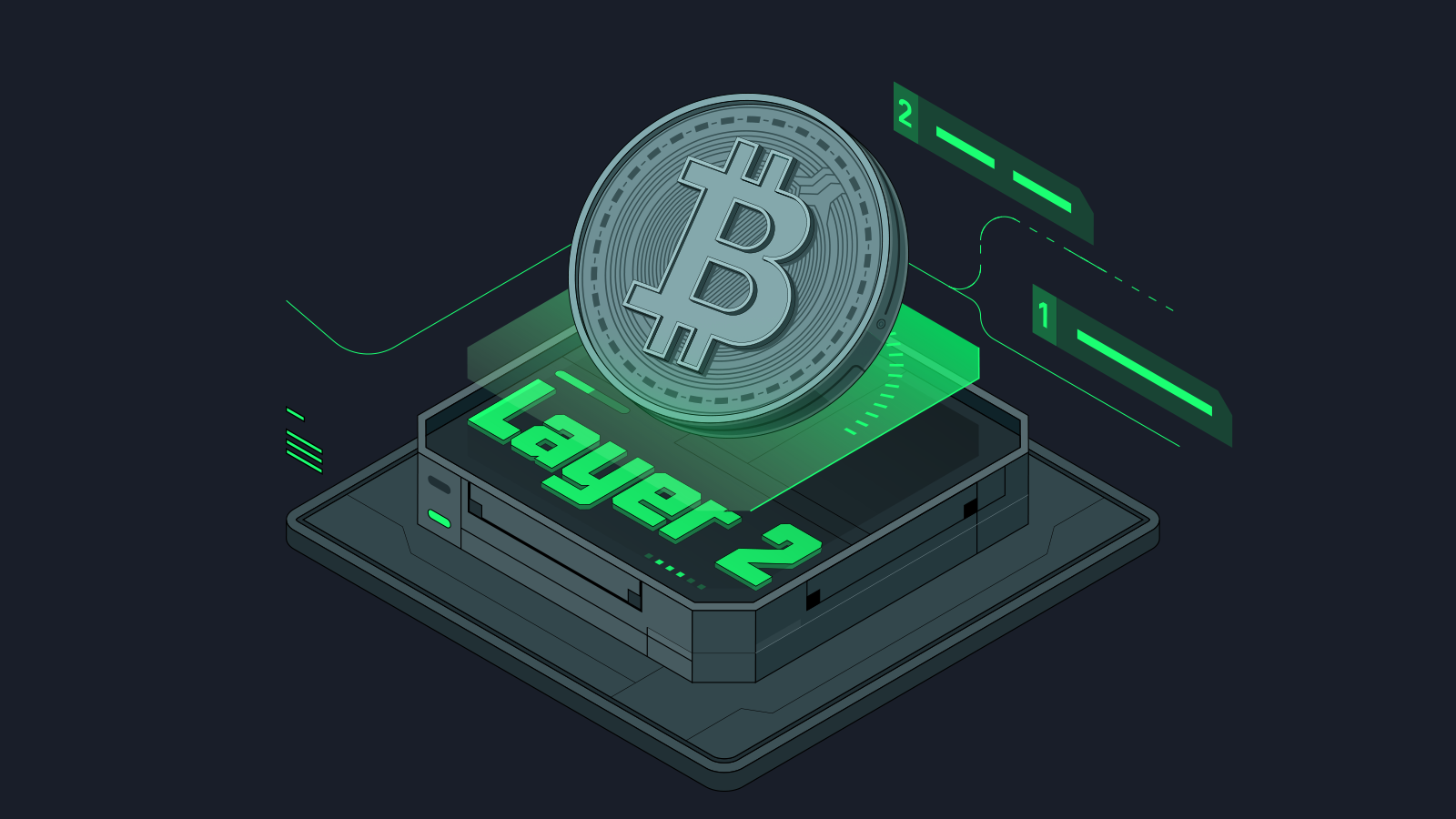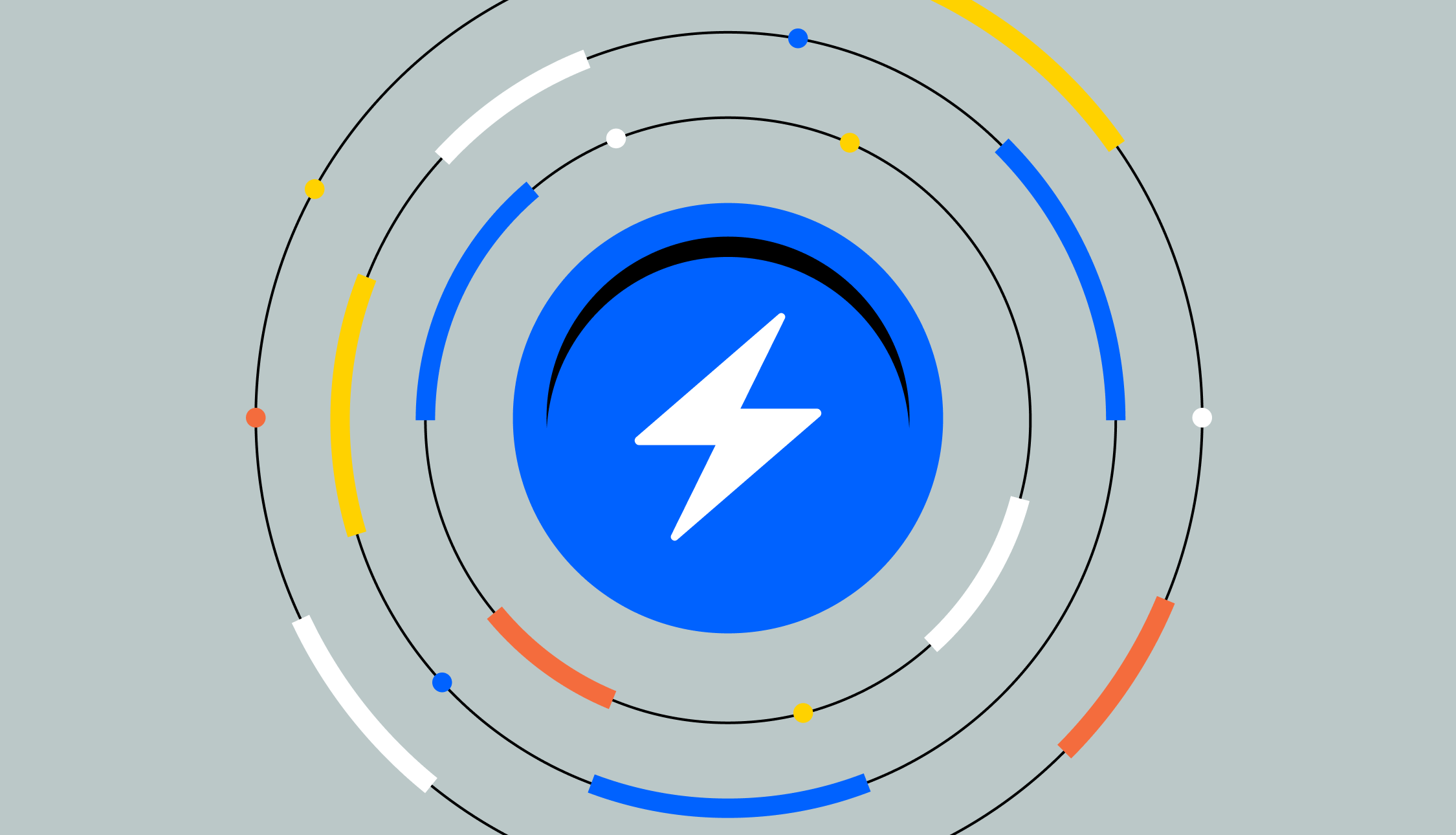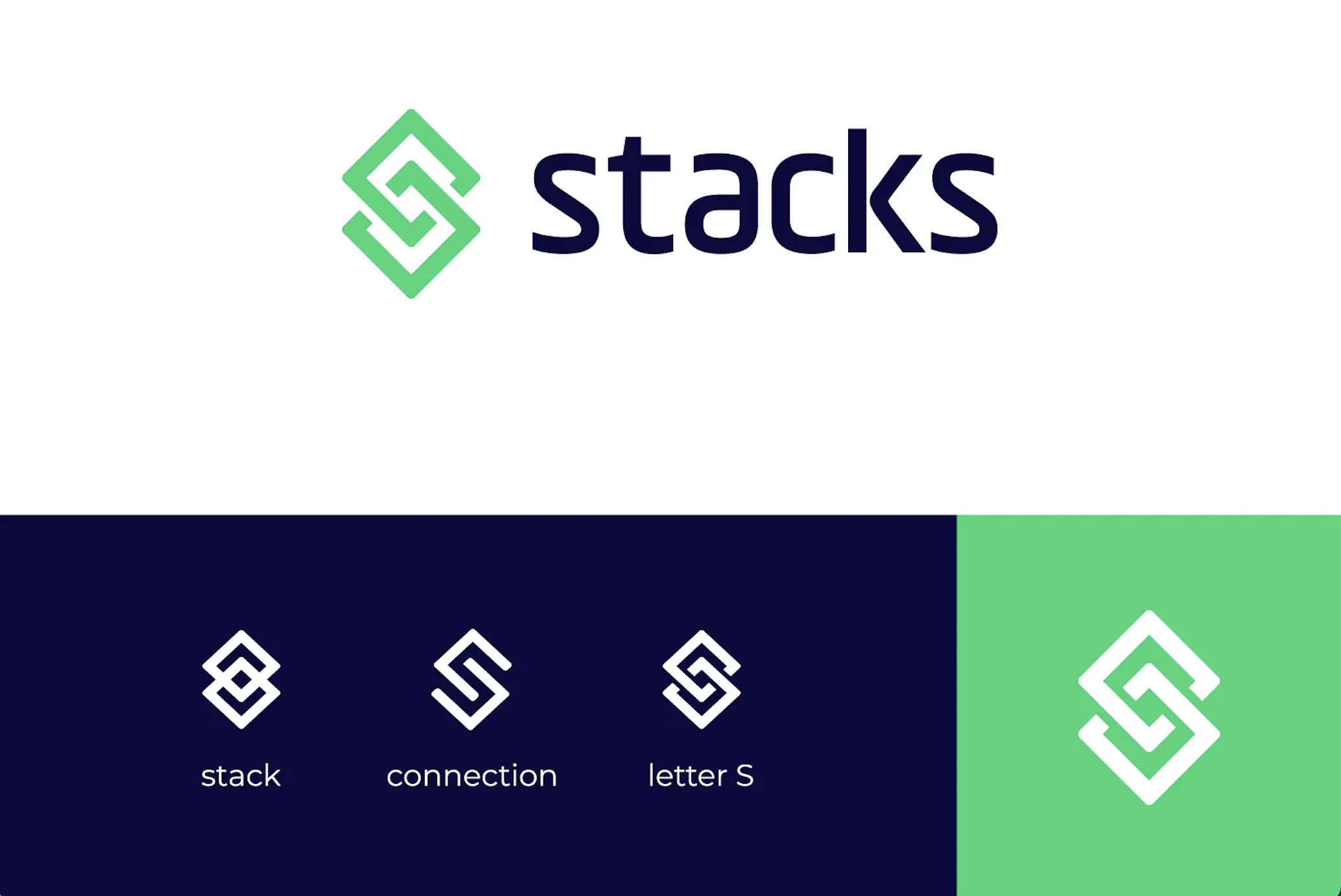
Bitcoin (BTC), the cornerstone of the crypto world, boasts undeniable strengths in security, decentralization, and value storage. However, with the booming crypto ecosystem, the scalability limitations of the BTC mainnet have become increasingly apparent. High transaction fees and slower confirmation times have, to some extent, hindered Bitcoin's broader adoption. It's against this backdrop that BTC Layer 2 solutions have emerged and are rapidly gaining prominence. Their goal is to boost transaction efficiency, lower costs, and expand the functionality of the Bitcoin network. This article will delve into some of the most prominent BTC Layer 2 technologies: BitVM, Stacks, and the Lightning Network, offering a comprehensive breakdown of how they're revolutionizing the Bitcoin ecosystem.
What is BTC Layer 2?
Simply put, BTC Layer 2 (Bitcoin Layer 2 network) is an auxiliary protocol or network built on top of the Bitcoin main blockchain (Layer 1). You can imagine the Bitcoin main net as a very secure but limited-lane highway. When more and more vehicles (transactions) flood this highway, it gets congested, tolls (transaction fees) rise, and travel speed (transaction confirmation time) slows down.
The core purpose of BTC Layer 2 solutions is to address these issues:
2.Reduce Transaction Fees: Since most transactions occur on the second layer, there's no need to pay the high main net fees.
3.Expand Functionality: Implementing complex features on the second layer that the Bitcoin main net doesn't currently support, such as smart contracts, decentralized applications (dApps), and even richer digital asset types.
Its fundamental principle is "off-chain processing, on-chain settlement": Most transactions and complex computations happen off-chain (Layer 2). Only when final confirmation or dispute resolution is needed are the results anchored back to or submitted to the Bitcoin main net (Layer 1) for settlement. This means that while transactions occur on the second layer, their ultimate security is still guaranteed by Bitcoin's powerful main net.
Through this layered architecture, BTC Layer 2 not only effectively solves Bitcoin's scalability challenges but also brings more diverse functionalities, transforming it from a mere store of value into a robust network capable of everyday payments and application development.
The Lightning Network: A BTC Layer 2 Pioneer for Instant Payments

In the BTC Layer 2 space, the Lightning Network is undoubtedly one of the earliest and most mature solutions. It creates payment channels on the Bitcoin main net, allowing users to conduct almost instantaneous, extremely low-cost off-chain transactions within these channels. Interaction with the Bitcoin main net is only required when channels are opened and closed, significantly reducing the main net's burden.
1.How it works: Imagine Alice and Bob need to make frequent small transactions. They can jointly create a multi-signature address on the Bitcoin main net, deposit a certain amount of BTC, and establish a payment channel. Within this channel, they can conduct countless transactions without broadcasting to the main net. When the channel is closed, only the final net settlement result is submitted to the main chain.
2.Advantages:
Instant Transactions: Transactions are nearly instant, suitable for small, high-frequency payments.
Ultra-low Fees: Off-chain transaction fees are extremely low, often negligible.
High Scalability: Theoretically capable of processing millions or more transactions per second.
3.Challenges: Funds need to be locked in payment channels; routing mechanisms can be relatively complex; requires being online to receive payments.
Learn More: You can visit the Lightning Network official website for more technical details and usage guides. The development of the Lightning Network has paved the way for Bitcoin's use in everyday payment scenarios, marking a significant milestone in the BTC Layer 2 domain.
Stacks: Bringing Smart Contracts and DeFi to BTC Layer 2

Stacks is another prominent BTC Layer 2 solution. It goes beyond mere scalability, aiming to introduce smart contract and decentralized application (dApp) functionality to Bitcoin. Stacks is an independent blockchain itself, but it is tightly coupled with the Bitcoin mainnet through its unique "Proof of Transfer" (PoX) consensus mechanism. Its transactions are ultimately anchored to the Bitcoin mainnet as hash values, thereby inheriting Bitcoin's security.
1.How it works: Stacks miners participate in block production by staking BTC, and a portion of the staked BTC is rewarded to Stacks token (STX) holders. This mechanism directly links Stacks' security to Bitcoin's. Developers can write smart contracts using the Clarity language on Stacks, building DeFi, NFTs, and other Web3 applications, all while benefiting from Bitcoin-level security for their data and state.
2.Advantages:
Bitcoin Security Guarantee: Smart contracts and dApps inherit Bitcoin's finality.
Smart Contract Functionality: Expands Bitcoin's capabilities to support complex application scenarios.
Developer-Friendly: The Clarity language is designed for more secure smart contract writing.
3.Challenges: Transaction speed on Stacks is still limited by its blockchain consensus compared to the Lightning Network; its ecosystem is still in early development.
Learn More: Visit the Stacks official website to explore its ecosystem, development tools, and details of the PoX mechanism. Stacks is transforming Bitcoin from a sole store of value into a BTC Layer 2 platform that supports rich applications.
BitVM: The Future Direction of Native Bitcoin Computation on BTC Layer 2
BitVM is a newer and highly promising BTC Layer 2 concept that proposes the possibility of achieving Turing-complete computation on top of the Bitcoin mainnet without modifying Bitcoin's core protocol. It leverages existing opcodes in Bitcoin Script and multi-signature technology, utilizing a "fraud proofs" mechanism to allow complex computations to be executed off-chain and verified on-chain only when necessary via a challenge.
1.How it works: The core idea behind BitVM is to create an off-chain "virtual machine" where arbitrary computations are executed. When the computation results need to be verified, a series of on-chain Bitcoin transactions can be used to prove the correctness of the computation or expose fraudulent behavior. This verification mechanism is similar to Optimistic Rollups but is built directly on Bitcoin's native script.
2.Advantages:
No Soft/Hard Forks Required: Does not depend on modifications to the Bitcoin protocol, offering greater compatibility.
Native Bitcoin Security: Inherits the highest security level of the Bitcoin mainnet.
Turing Completeness Potential: Theoretically capable of achieving arbitrarily complex computations and applications, bringing unprecedented functional expansion to Bitcoin.
3.Challenges: Still in the proof-of-concept stage, with a long way to go before practical application; on-chain proof costs and complexity might be high.
Learn More: While BitVM doesn't have an official independent website yet, you can delve deeper into its principles by searching for its original papers and discussions within the crypto technical community. BitVM represents a highly innovative and challenging future direction in the BTC Layer 2 space, potentially revolutionizing the functional boundaries of Bitcoin.
Outlook on the Future of BTC Layer 2

The rise of BTC Layer 2 solutions signifies Bitcoin's evolution from a singular store of value to a more dynamic and functional comprehensive network. The Lightning Network addresses payment speed, Stacks introduces smart contracts, and BitVM hints at the future of native Bitcoin Turing-complete computation.
These BTC Layer 2 technologies are not in competition but are rather complementary, working together to build a more robust and diverse Bitcoin world. As technology matures and the ecosystem continues to improve, we can foresee that Bitcoin will no longer be merely "digital gold." It will become a core infrastructure supporting more innovative applications, connecting a wider range of users, and playing an increasingly vital role in the global economy. The development of BTC Layer 2 is undoubtedly one of the most significant narratives for Bitcoin in the coming decade.












